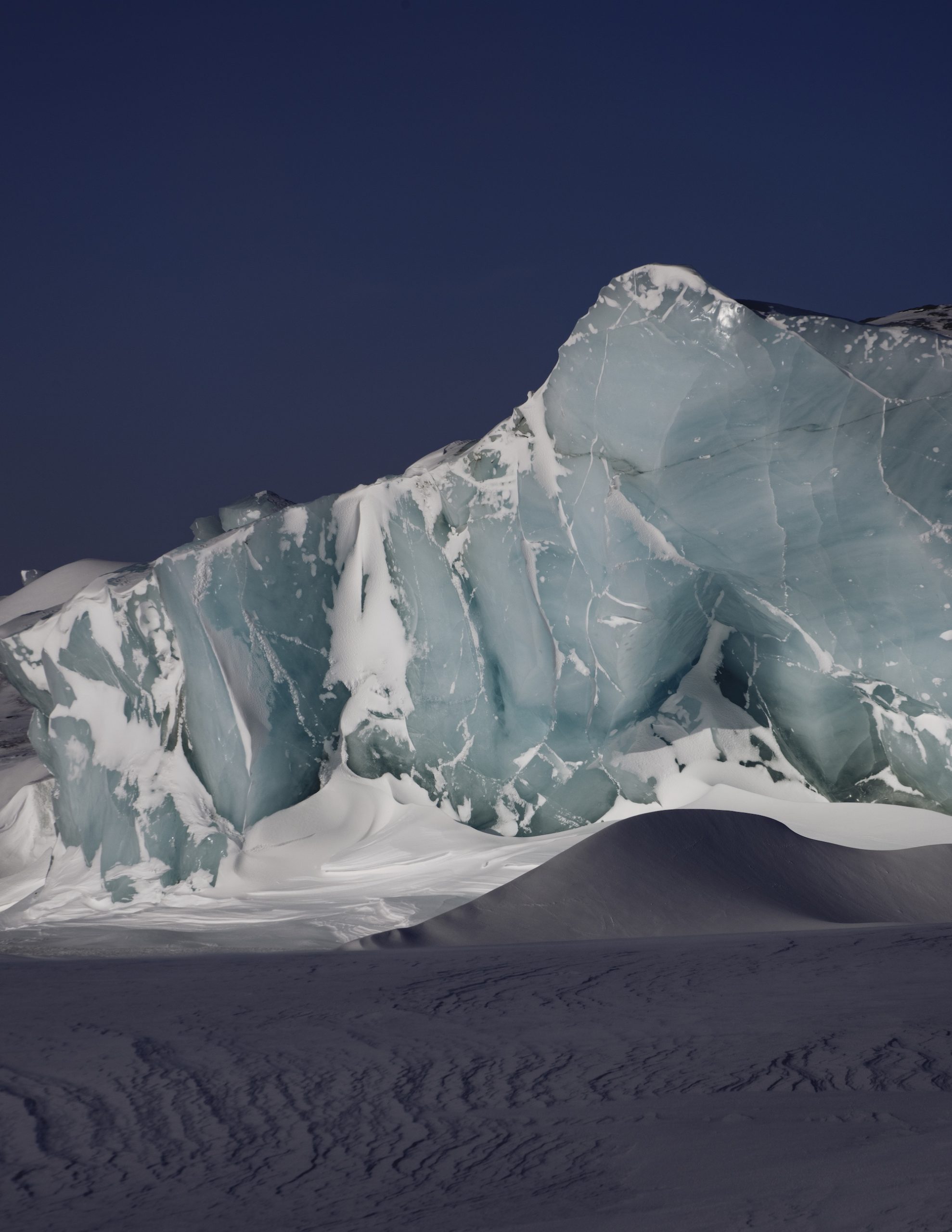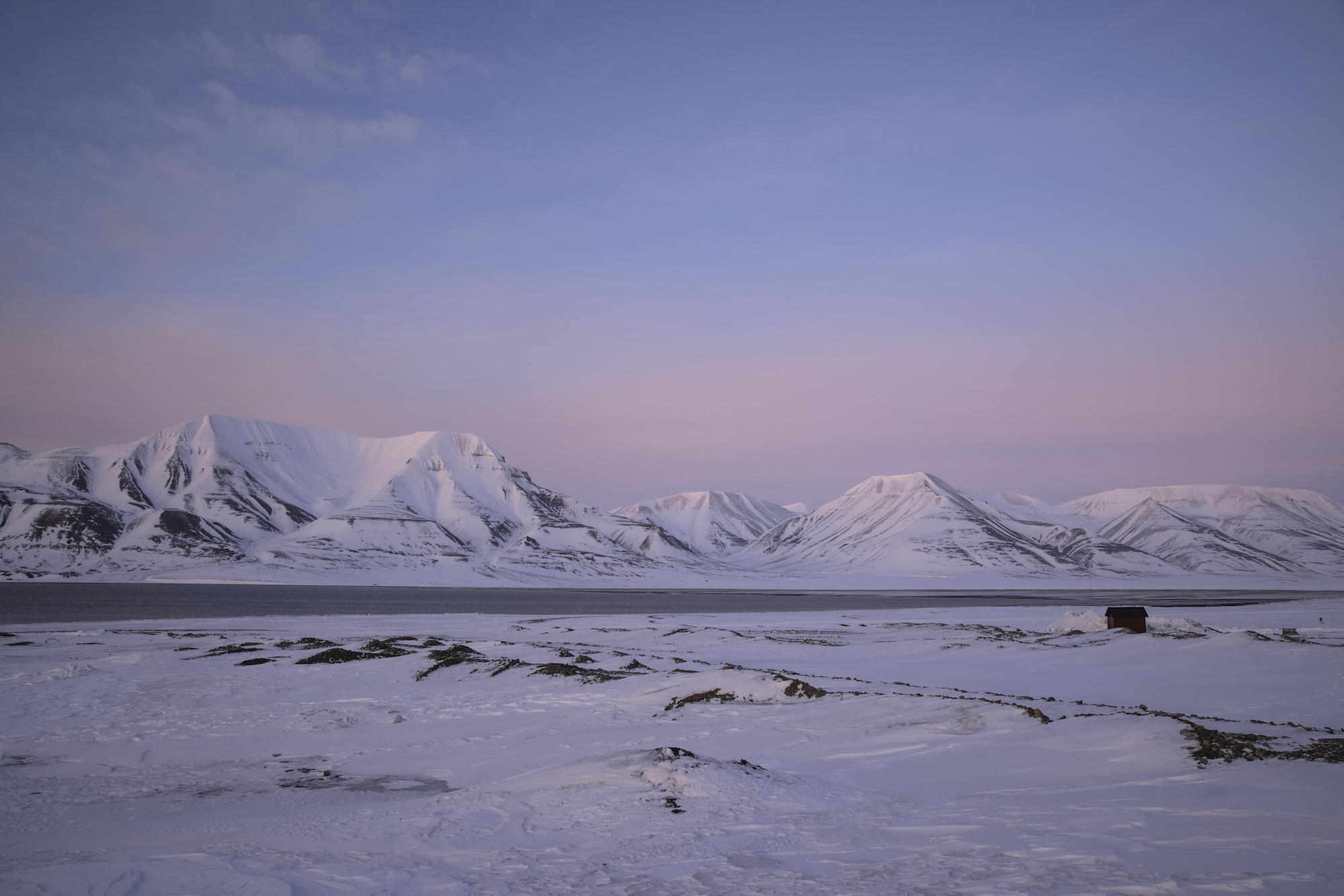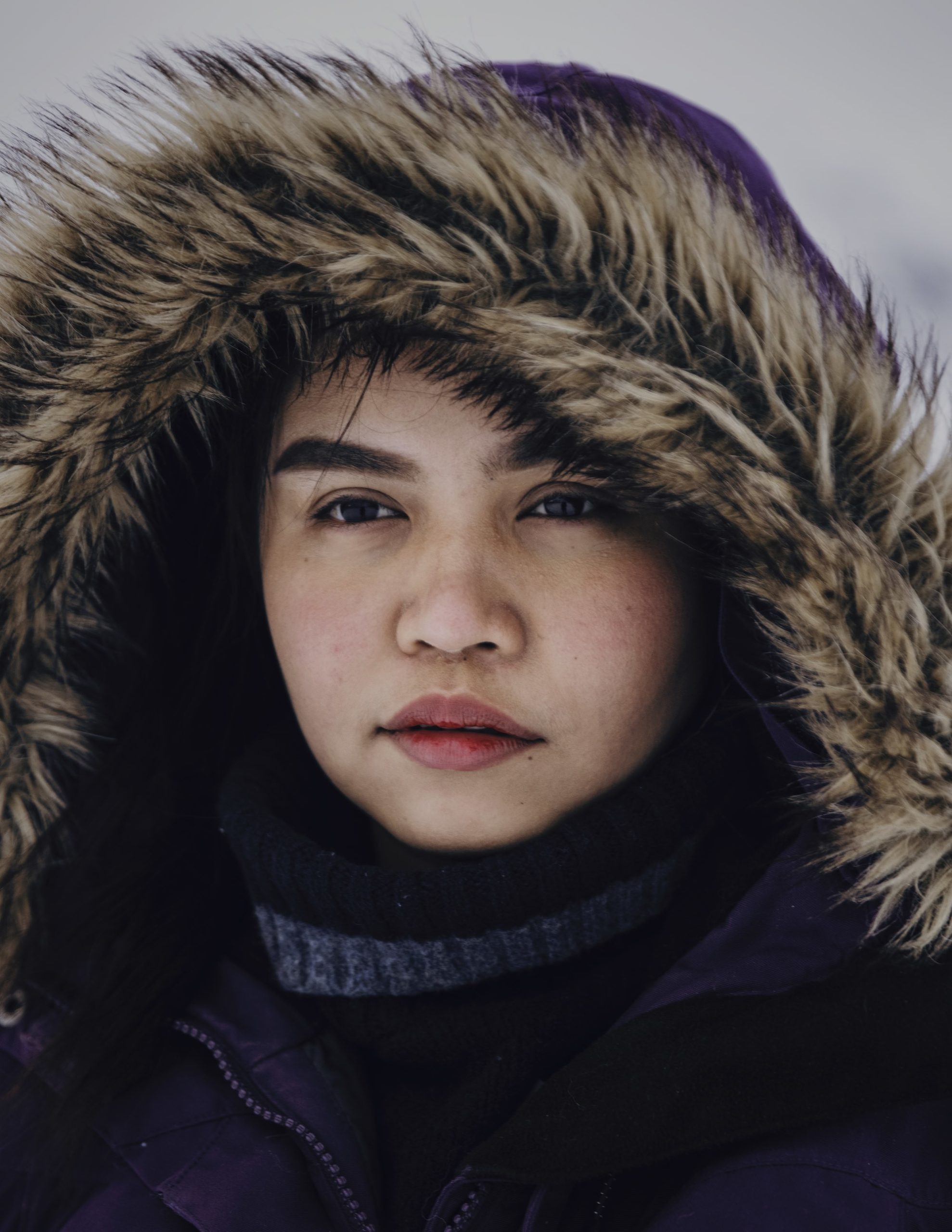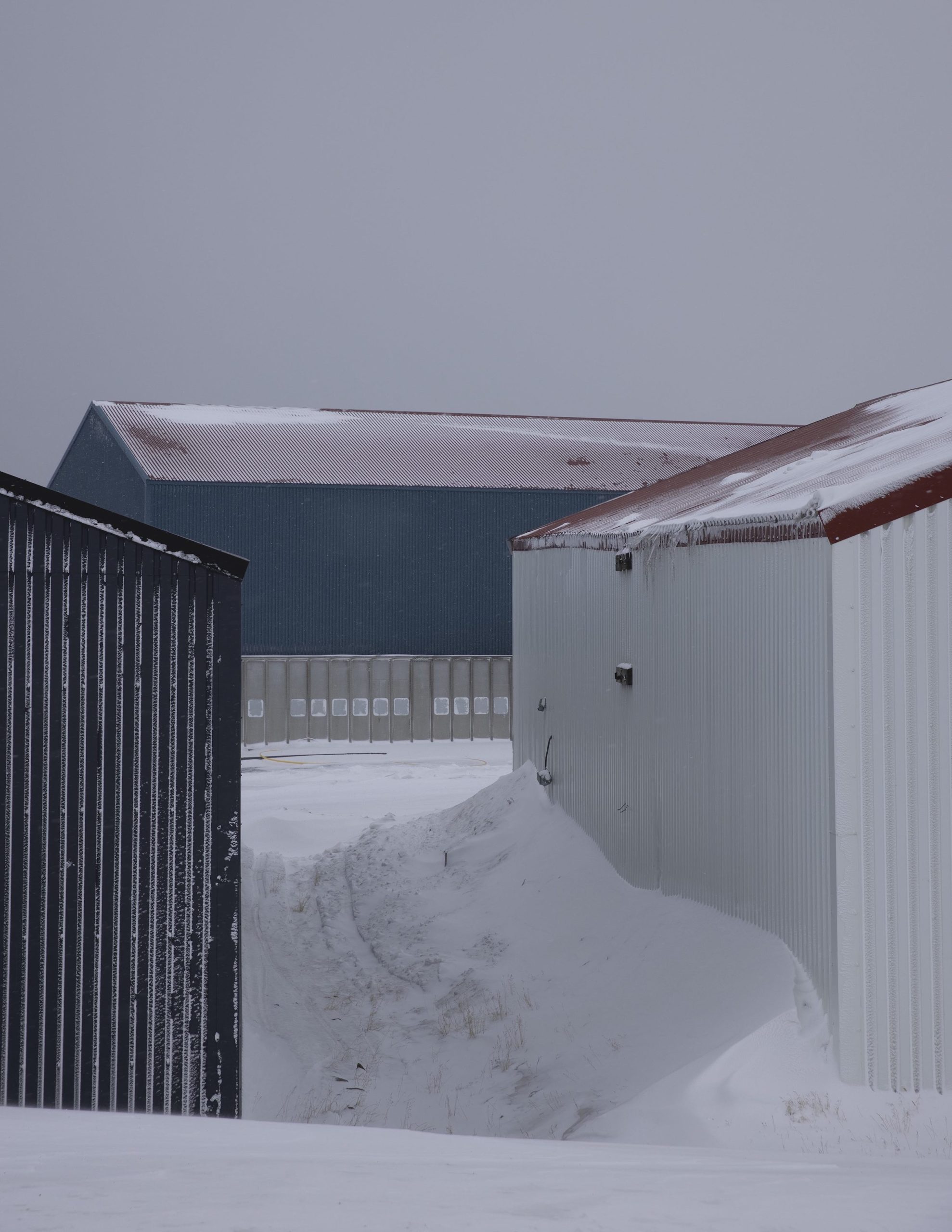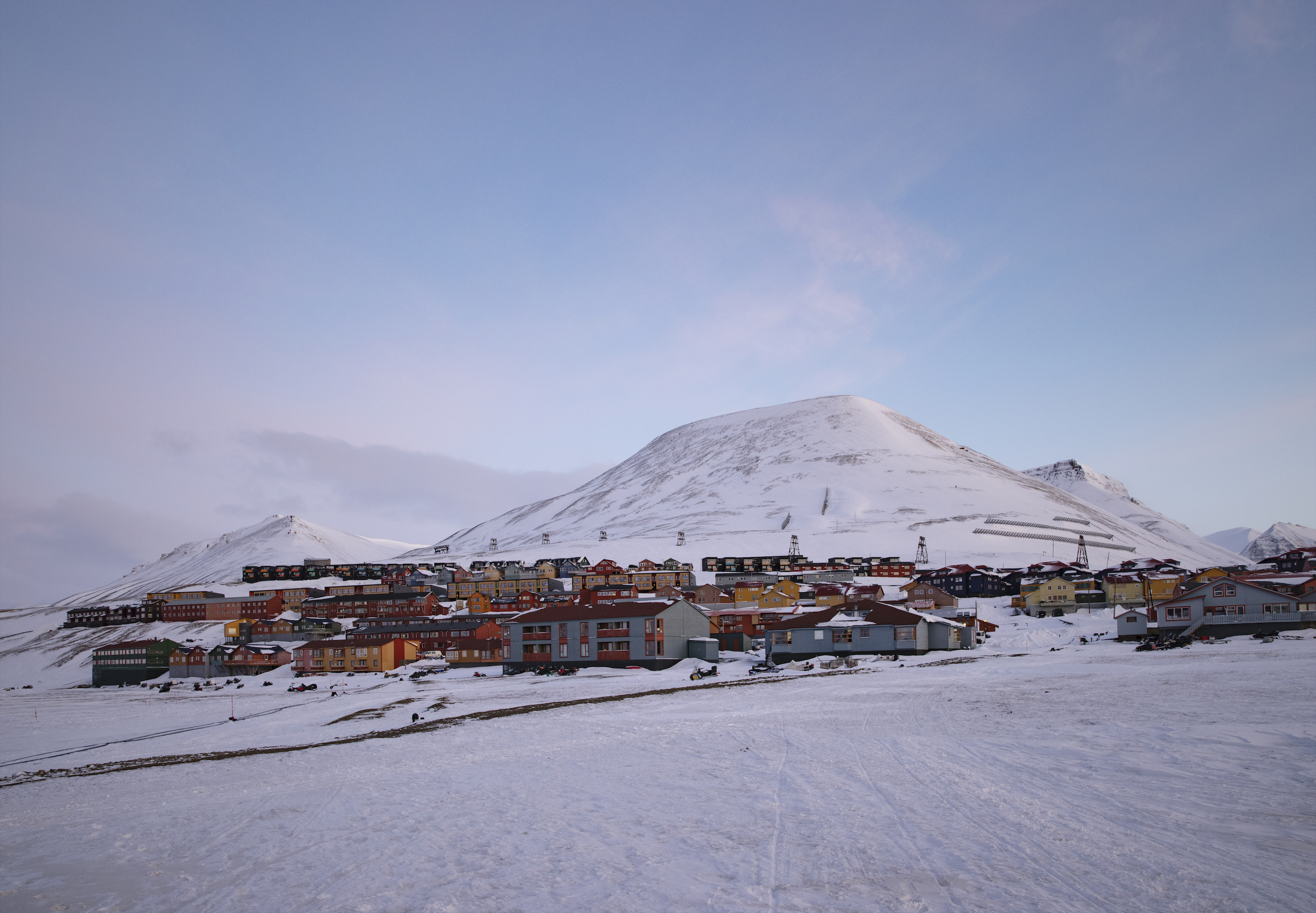Spending her photographic career photographing some of the planet’s most remote and inaccessible environments, Skubatz recently travelled to a tiny town in the Arctic that is at the forefront of its changing landscape.
In March of this year, Polish photographer Marzena Skubatz spent three weeks in the world’s northernmost settlement, Longyearbyen. She was commissioned by photo editor Monica Bradley, for an assignment for Scientific American magazine to document the drastic environmental changes taking place in the area as a result of global warming. Situated on the Svalbard archipelago in the Arctic North, Longyearbyen is the fastest-warming town in the world. Over the last 50 years, the temperature has risen by four degrees Celsius – about five times faster than the global average.
In Svalbard, March marks the end of the dark season, or ‘Polar Night’ as it’s called locally. Residents emerge from four long months of 24-hour darkness and ready themselves for a summer season where the sun never sets. Skubatz travelled to Longyearbyen just in time to witness this fascinating transformation. “The evening after my arrival there was the most beautiful light I could have wished for,” she recalls. “The days grew longer and longer very quickly. Within the few weeks I was there, the darkness of the night disappeared almost completely.”
Whilst this seasonal transition is uniquely inherent to the polar circles, many other unnatural and worrisome changes are underfoot in this frozen archipelago. Skubatz explains that climate change, which is heating the permafrost in the Arctic, is “resulting in changes in the landscape and greater instability on the hillside, increasing the probability of landslides and avalanches”.
This is catastrophic, as permafrost – ground where the temperature is below zero degrees Celsius for a minimum of two successive years – is crucial to life on Svalbard.
“All of the buildings in the Svalbard settlements are built on piles [wooden posts] that are driven into the permafrost, and the roads, bridges, airports and other infrastructure are also constructed on permafrost,” says Skubatz. “Thawing permafrost can damage buildings, infrastructure, and cultural heritage sites. Houses in Longyearbyen are sagging and the unstable ground around the famous Svalbard Global Seed Vault is now frozen artificially.”
Man-made global warming is necessitating expensive man-made solutions to fix the many problems it is causing. Alongside artificially freezing the precious permafrost, in 2018 the Norwegian government was forced to spend millions on protective measures such as constructing fencing in the hills above Longyearbyen to combat snow build-up. Just a few years earlier, an avalanche had buried 11 homes and killed a man and toddler.
“Because of slippery ground and knee-deep snow I was not able to move as freely as I am used to. The freezing temperatures also gave me less flexibility when taking portraits and I had to protect my camera from the cold while on the snowmobile, so spontaneous shots were not really possible.”
Skubatz’s photographs of Longyearbyen, which were accompanied by an article written by Gloria Dickie, show the damage being wrought upon the town. Deep cracks in the outer walls of apartment buildings and weakened foundations are the first signs of potentially deadly outcomes. Skubatz’s own accommodation was evacuated twice during her stay for fear of being hit by avalanches from above.
When she wasn’t hindered by looming natural disasters, the environment’s intrinsic inhospitality made shooting the story difficult.
“Because of slippery ground and knee-deep snow I was not able to move as freely as I am used to,” she says. “The freezing temperatures also gave me less flexibility when taking portraits and I had to protect my camera from the cold while on the snowmobile, so spontaneous shots were not really possible.”
She adds: “Also, when we drove to the glaciers, we entered a snowstorm that was so strong it was impossible to see anything – during such moments in the open wilderness the risk of a polar bear attack increases significantly.”
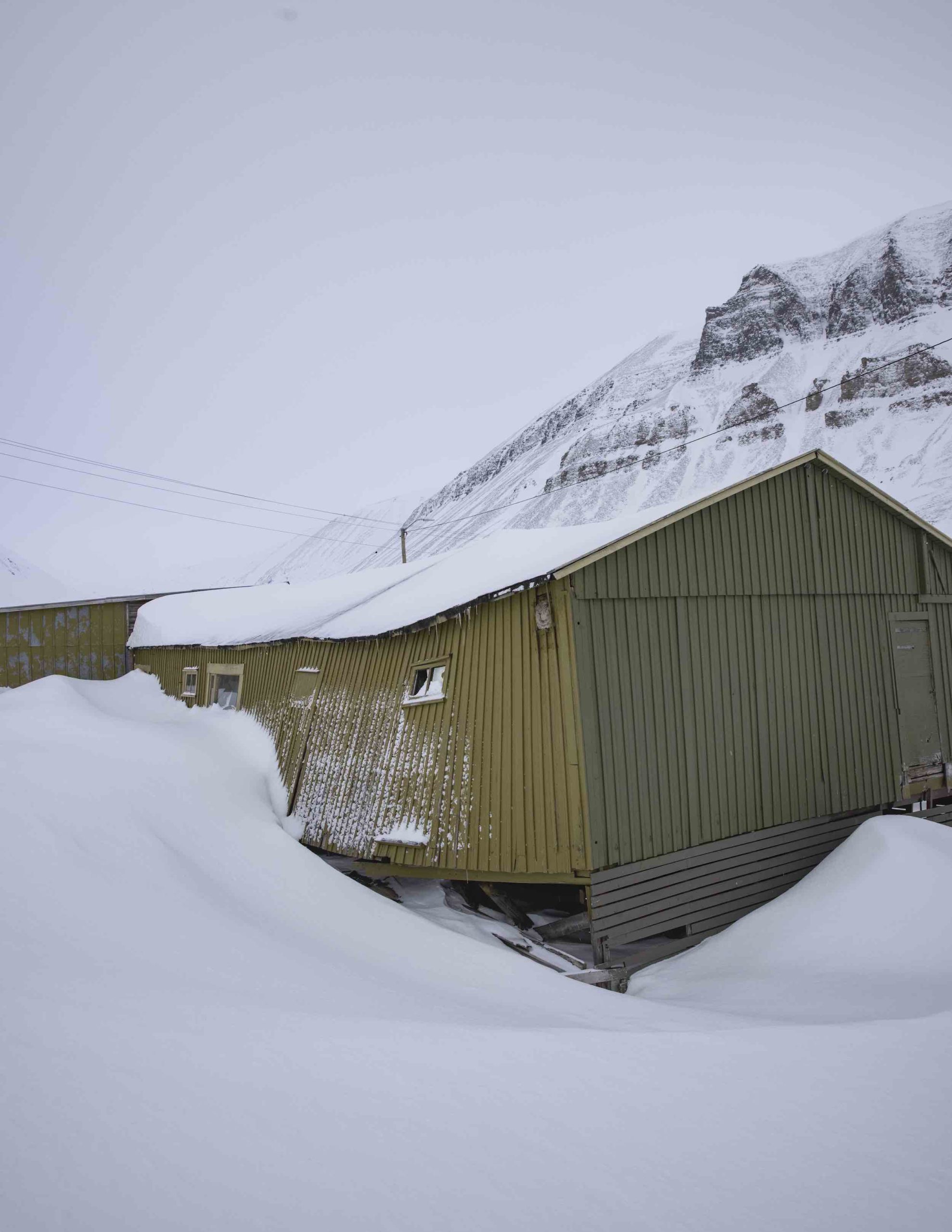
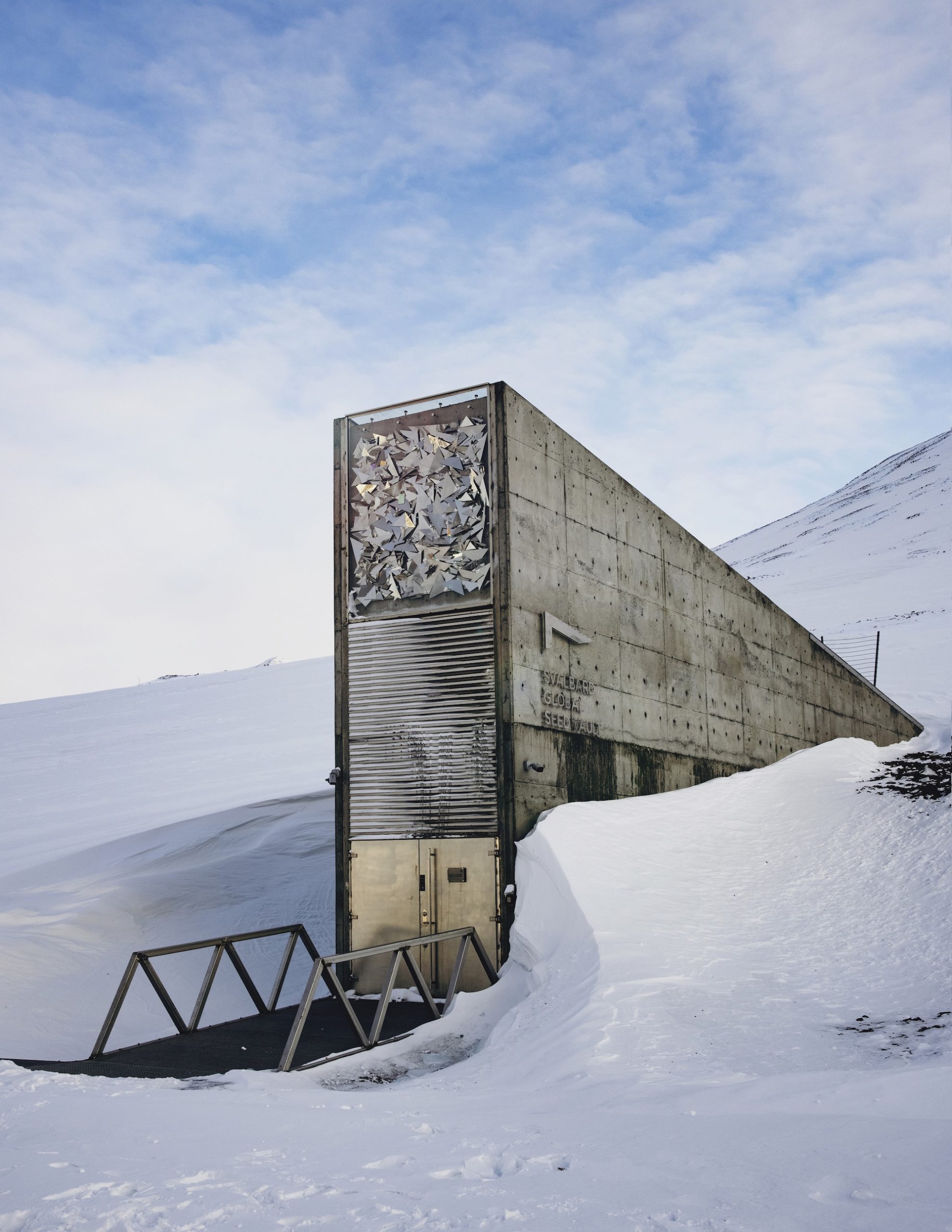
Frightening as the prospect of being hunted by a polar bear may be, this is an expected, tangible danger when navigating the frozen terrain of the Arctic. A less tangible, and far more dangerous threat however, lies deep under the surface of the icy expanse. When unleashed, greenhouse gases stored in the permafrost underfoot – some of which have been held safely inside since the last ice age – wreak havoc on the atmosphere, and the consequences are far-reaching.
Longyearbyen and the various other settlements within the Arctic Circle are very much at the mercy of mankind, as receding permafrost caused by global warming, which grows exponentially, threatens the very foundations that they are built upon. One day in the not so distant future, after the ice has disappeared and sea levels have risen, a polar bear attack may seem a very far-fetched prospect indeed.

